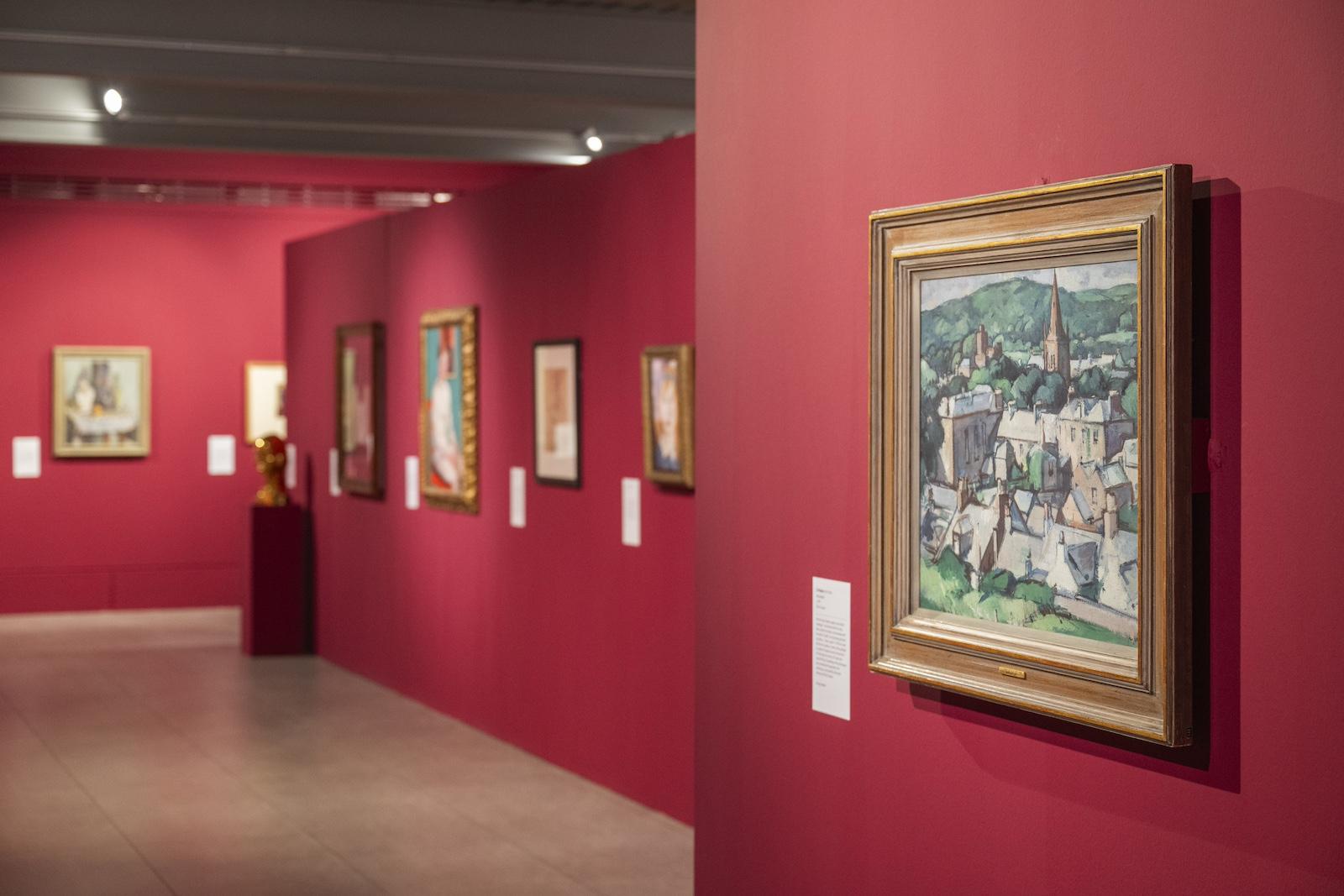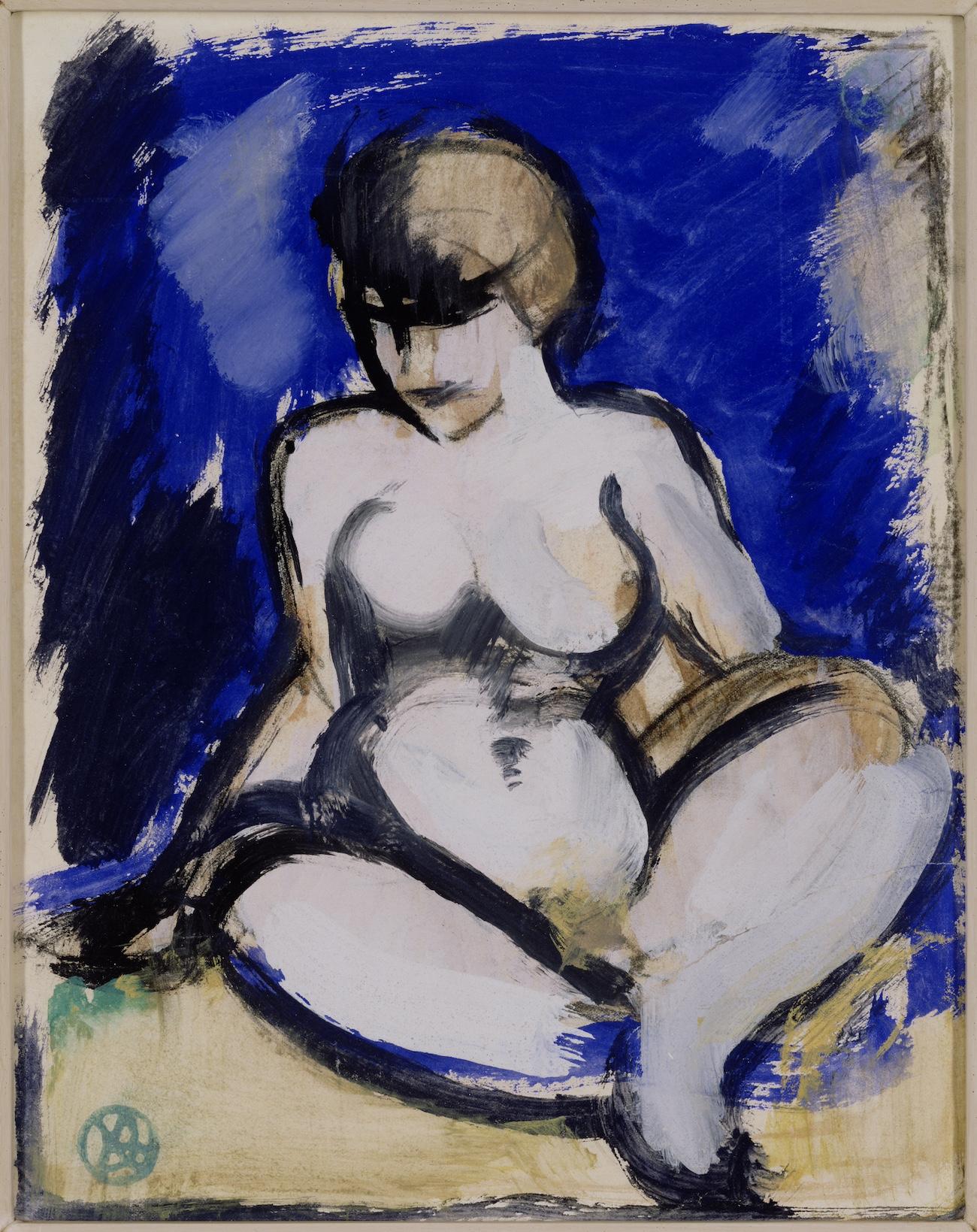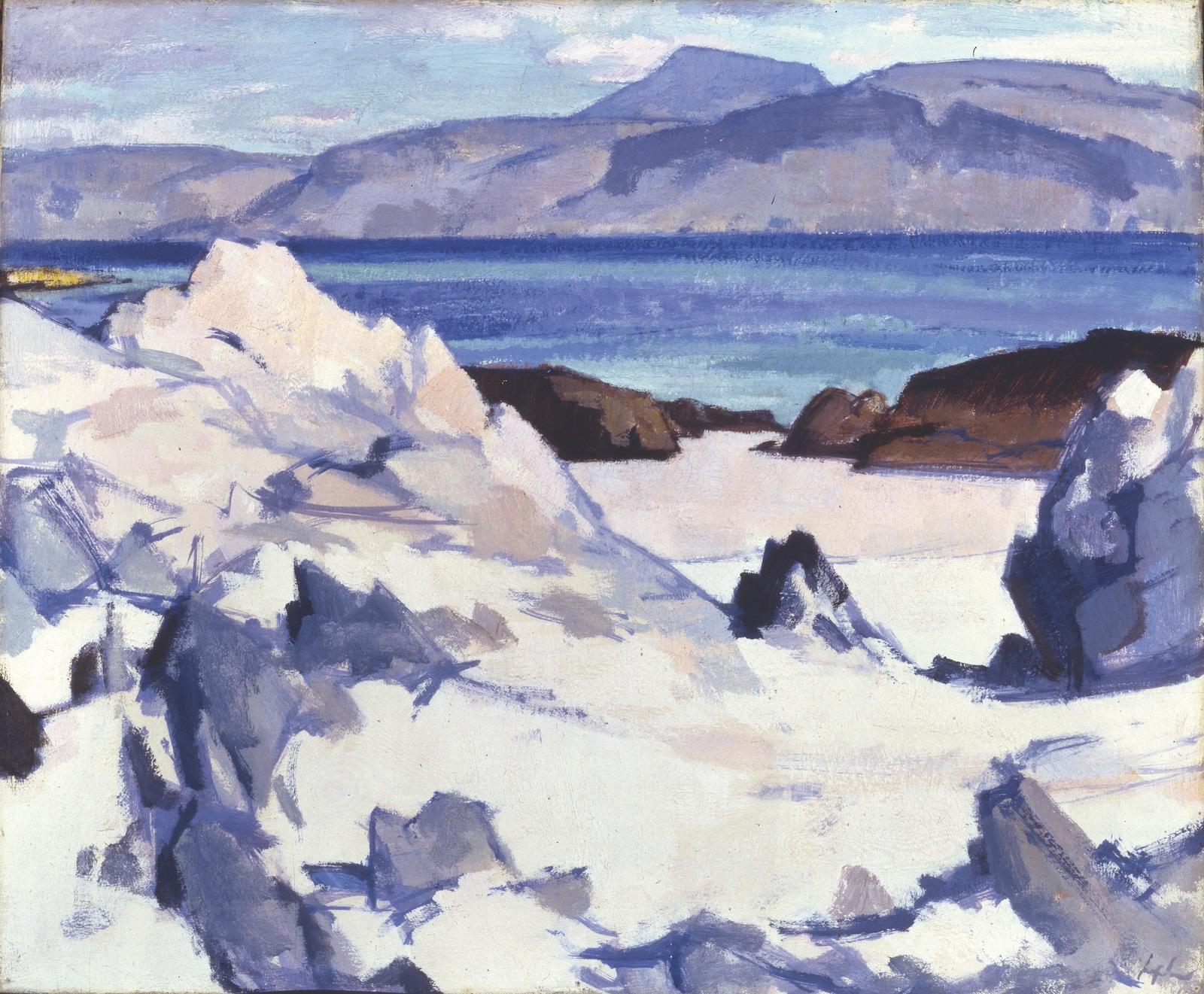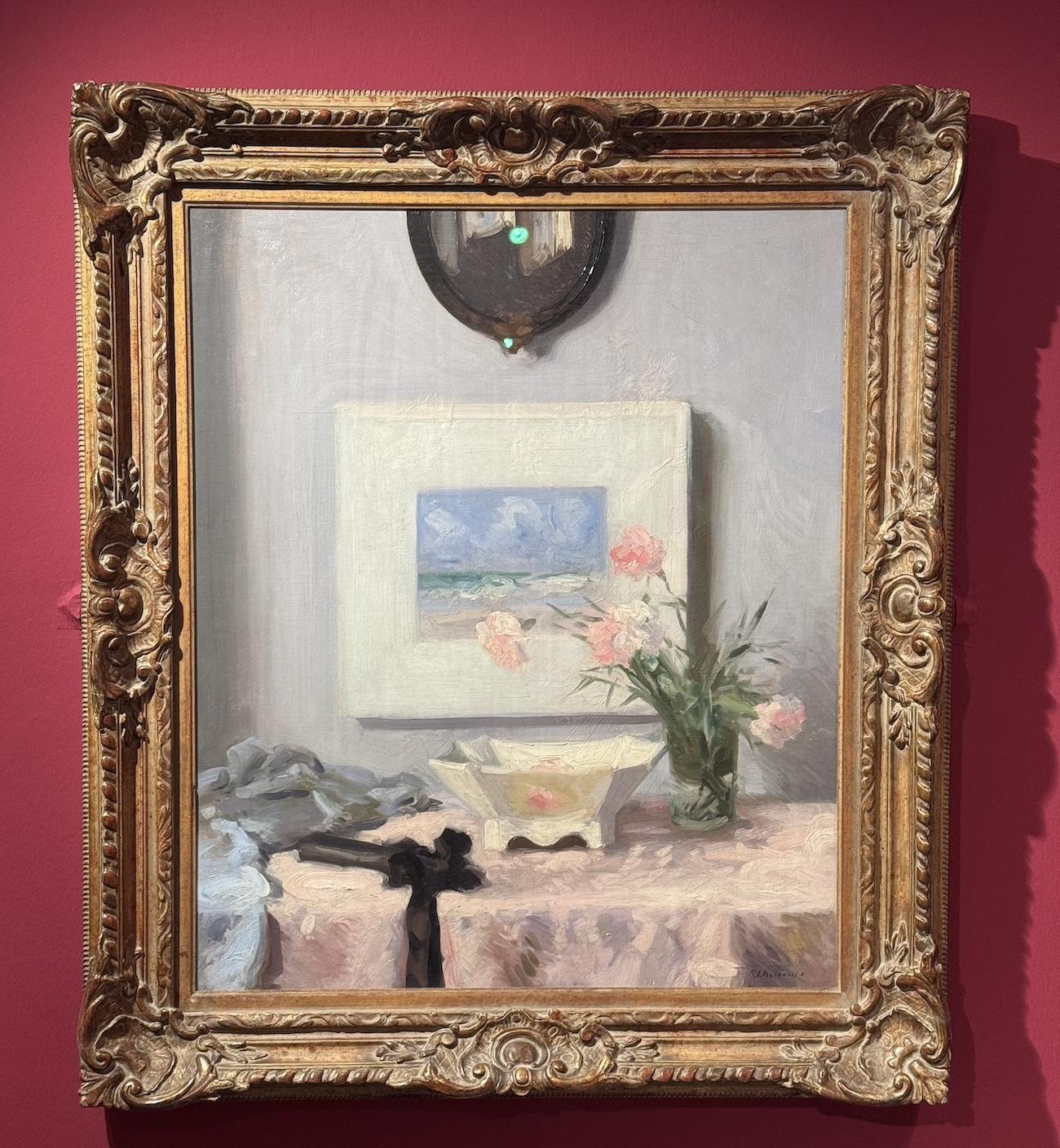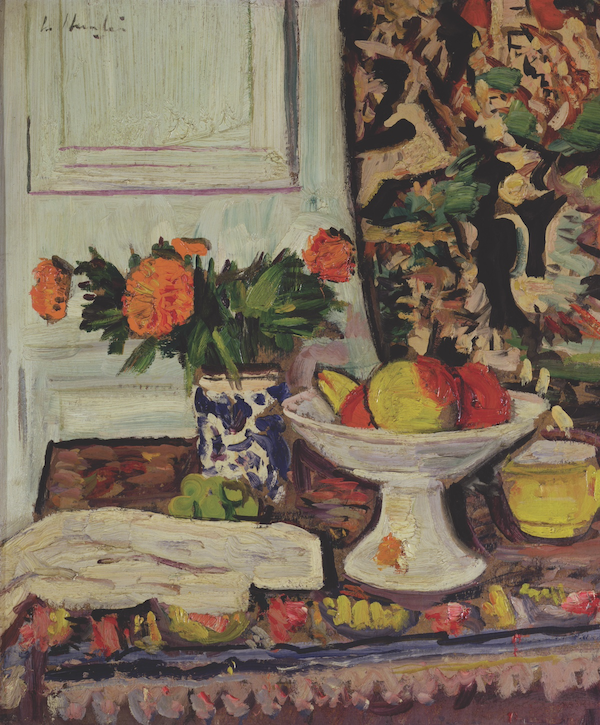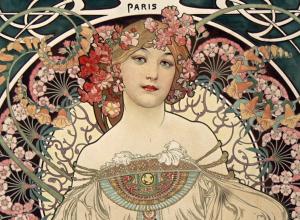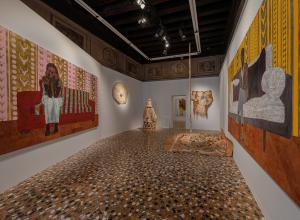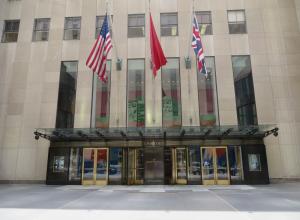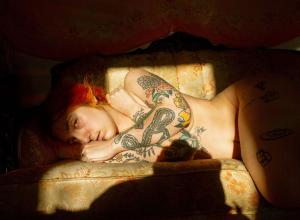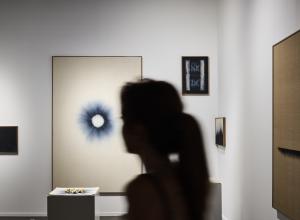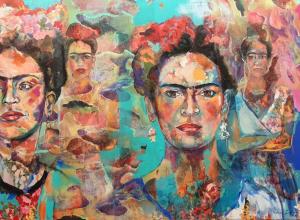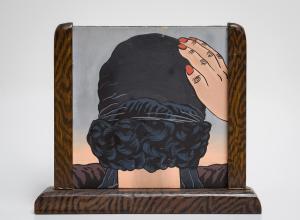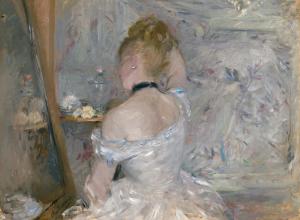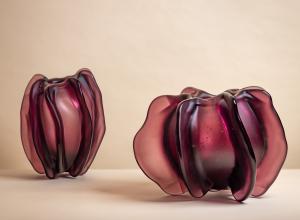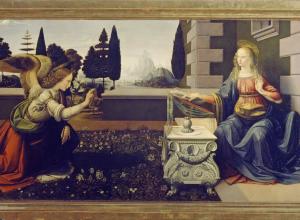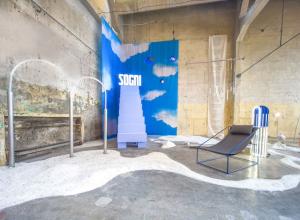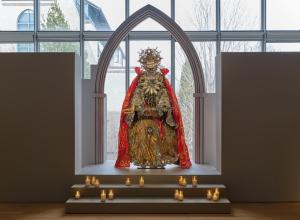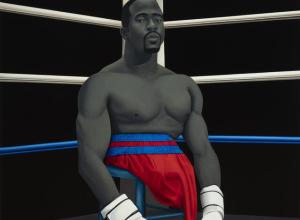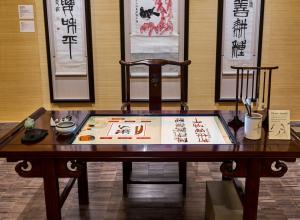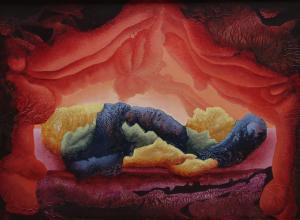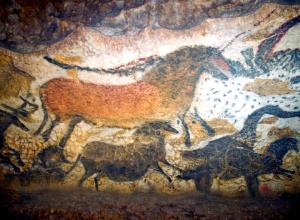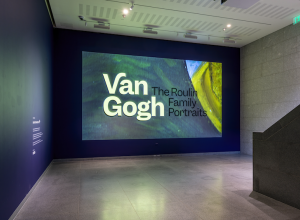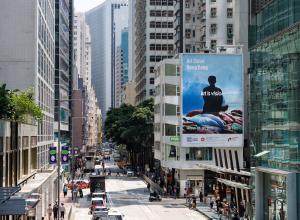The exhibition opens with a 1902 portrait of Jean Maconochie, FergussonÔÇÖs lover and first muse. The deep greens used for MaconochieÔÇÖs hat, dress, and background contrast with the brightness of her face and earrings. The free brushstrokes and dramatic lighting show the influence of Manet and Velasquez, but also reveal glimpses into FergussonÔÇÖs future style and, more broadly, of the ColouristsÔÇÖ approach to light and colours.
The story of the Colourists is, at its core, a story of friendship. It begins with a meeting between Peploe and Fergusson in 1900 in Edinburgh. While Fergusson was impulsive and ambitious, Peploe was more considered and reflective. Despite the differences in character, the two became inseparable and a source of inspiration for one another. The frequent trips to France and the Outer Hebrides in Scotland in the first years of 1900 brought into their art a sense of spontaneity that did not exist before. Influenced by the sun-drenched French landscapes and breathtaking Scottish vistas, colours such as pure white, turquoise, violet, and pale pink, entered their palette.




